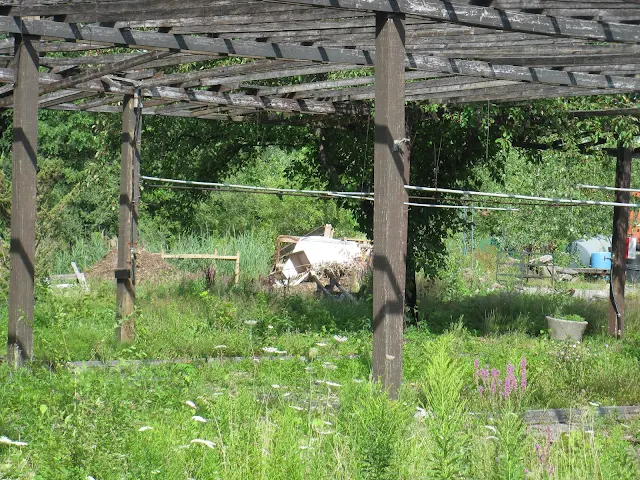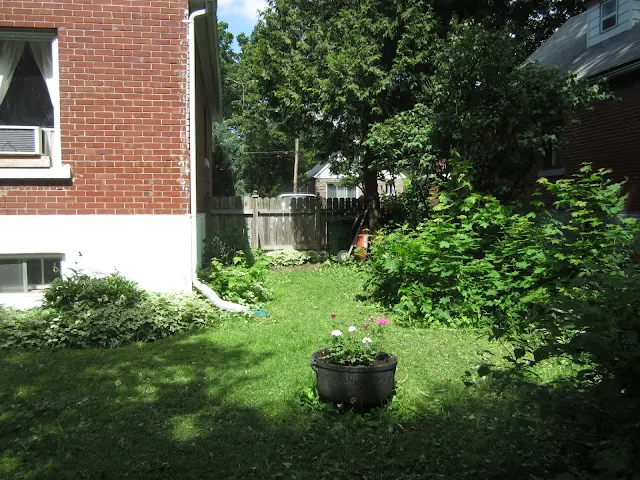If I remember correctly, in Brave New World Revisited, Aldous Huxley writes that the main problem for the world is overpopulation. So many of the world's problems can be traced back to there being too many people; people are everywhere and they're destroying the planet with garbage, pollution, climate change, building houses on farm land, forest forests, destroying rivers, and causing the extinction of thousands of species of wild life. We are destroying the world with our own species. People are everywhere and it's not a pretty sight.
I suppose there will be a resolution of this problem of overpopulation as more women are educated, there is a relationship between women's education and the number of children they have; women with careers generally have fewer children. As people become more affluent they have fewer children. This seems the only solution to overpopulation. As well, although the world has almost eight billion people we haven't had an increase in the number of gifted people, we don't have dozens of Newtons or Einsteins, nor do we have a few hundred Leonardos or Michaelangelos, or fifty Shakespeares cranking out works of genius. We are destroying ourselves as we proliferate; what will be left of the natural world by 2100? Will it be like J.G. Ballard's The Drowned World? That seems one possible scenario...
There have been some extreme visions of a post-apocalyptic world; after the apocalypse the population is reduced, mankind is almost extinct. Yesterday, when I walked by Vincelli's Garden Centre, I was reminded of an old television show about what happens to civilization without people; for instance, they might show New York City and then, through computerized special effects, they show New York City in ten years, twenty years, and further off into a future without people. The asphalt streets are cracked and overgrown with weeds, windows are broken, buildings are beginning to collapse, the city is abandoned and overgrown with vegetation. It doesn't take long for coyotes and wolves to be walking along Fifth Avenue and the Empire State Building to collapse. Look at Chernobyl where, in 1986, there was a nuclear disaster, today wild life has returned, the place is overgrown with lush vegetation, and animal life has returned despite high levels of radiation. Tourists are visiting Chernobyl to see how a city that was once full of people going to work, spending time with their families, and enjoying life, has become a ghost city. It took just thirty-five years for nature to reclaim the abandoned city of Chernobyl but it won't be safe for permanent human habitation for many years, possibly for centuries.
More of anything does not necessarily increase the value of that thing, it might even diminish its value. It has been said before that we are not as moved by the suffering of a million people as we are by the suffering of one person, for instance a child's dead body on a beach. More of a thing seems to diminish its value, and one recalls the photographs of Spenser Tunick in which he invites hundreds of people to pose naked, standing or lying down on a city street. I always found these photographs disturbing, the pink naked bodies remind me of the dead naked bodies of Nazi victims, bodies thrown into mass graves before being covered with dirt. It is all highly disturbing. I don't like Tunick's photographs but I can still recognize their message; his photographs remind us that too many human beings in one place has not made the human race more attractive, it has made it something less attractive, more vulnerable, more expendable. I would add that overpopulation is dangerous to the long-term survival of humanity.
These photographs of Vincelli's Garden Centre taken in late July 2021,
 |
| Vincelli's Garden Centre a month after closing for good. |
 |
| When I used to visit Vincelli's Garden Centre I never thought it would end up like this . . . |






















































